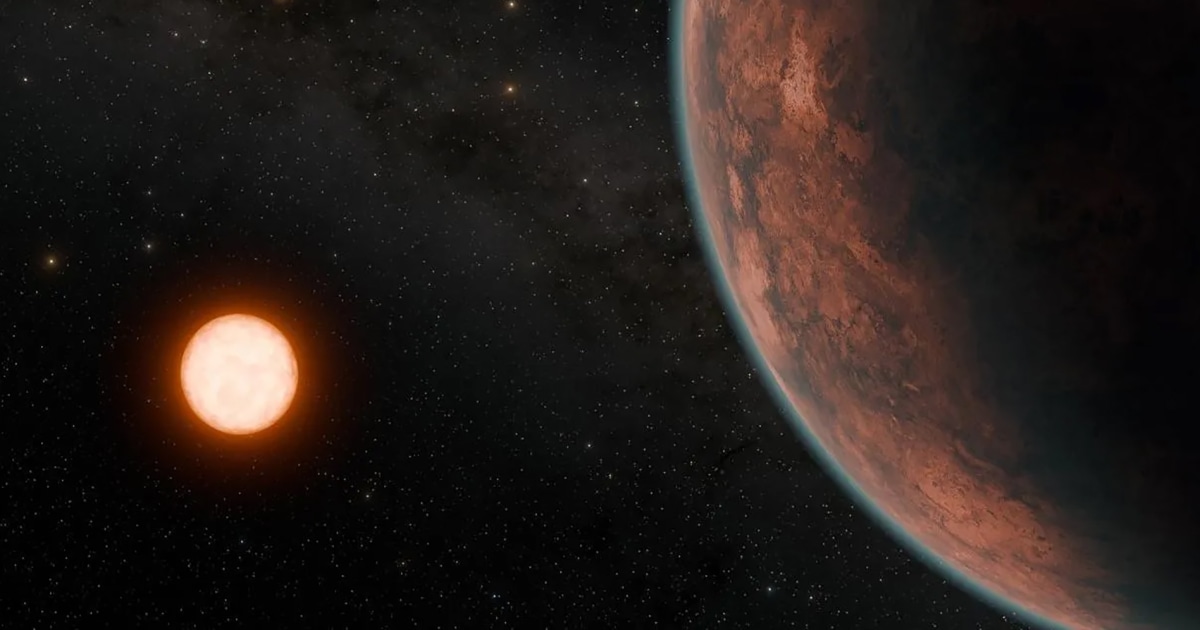NASA's Scientific Visualization Studio
NASA's Scientific Visualization Studio is a team of visualizers that produce high-quality, data-backed visualizations to promote a greater understanding of Earth and Space Sciences. They work closely with scientists within the NASA community and the broader academic research community. The studio specializes in various disciplines such as astronomy, planetary science, climatology, cartography, and 3D modeling. The studio's content is primarily used to accompany NASA research publications but also focuses on creating visualizations for public outreach. They have a wide variety of content including animations, images, and videos which are all in the public domain unless otherwise noted.
57%
The Daily's Verdict
This news site has a mixed reputation for journalistic standards. It is advisable to fact-check, scrutinize for bias, and check for conflicts of interest before relying on its reporting.
Bias
100%
Examples:
No current examples available.
Conflicts of Interest
50%
Examples:
- The author fails to mention the potential positive effects of solar flares.
Contradictions
100%
Examples:
No current examples available.
Deceptions
10%
Examples:
- The author fails to mention the potential positive effects of solar flares.
Recent Articles

Newly Discovered Earth-sized Planet Gliese 12 b: A Potential Habitable World Orbiting a Cool Red Dwarf Star
Broke On: Thursday, 23 May 2024